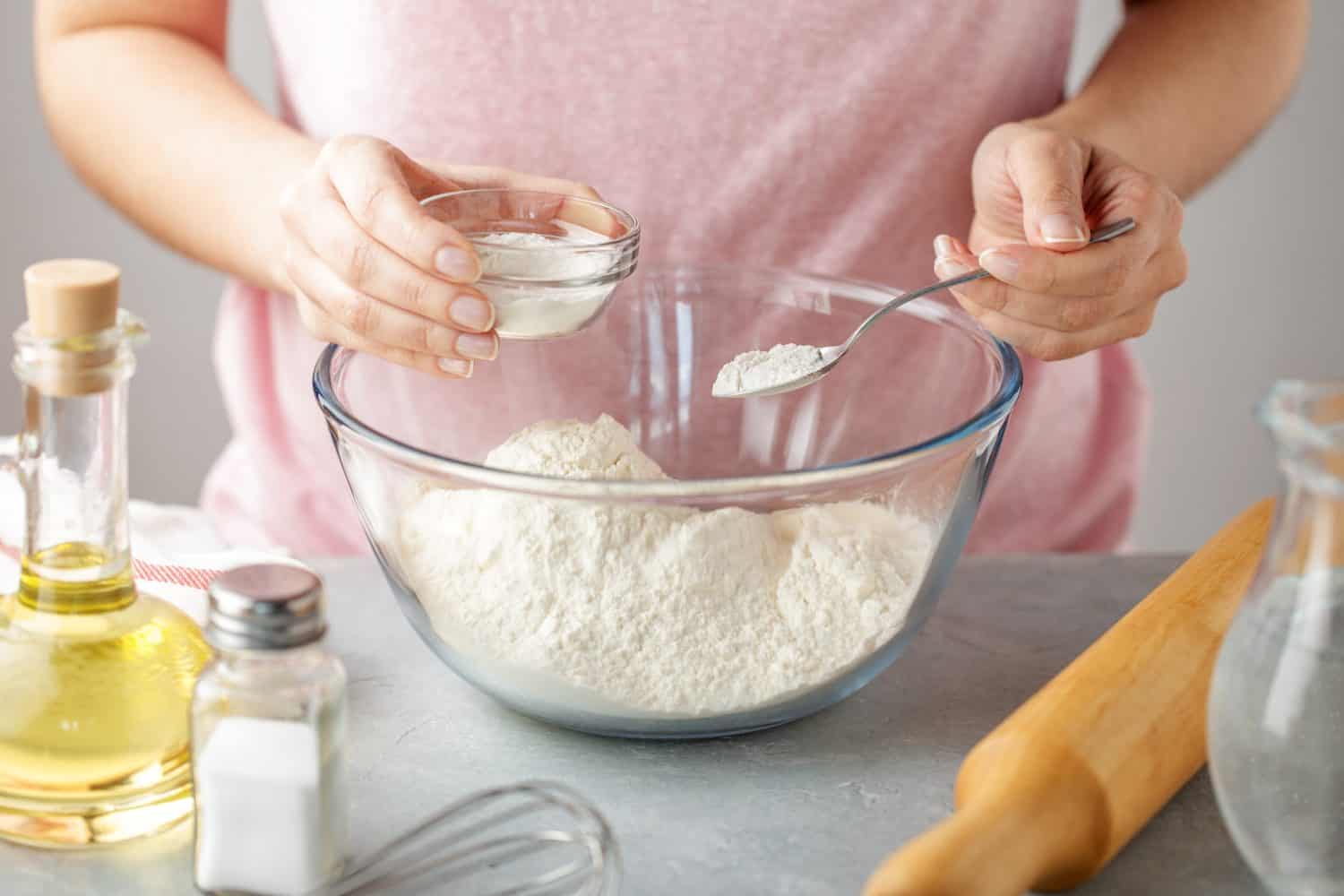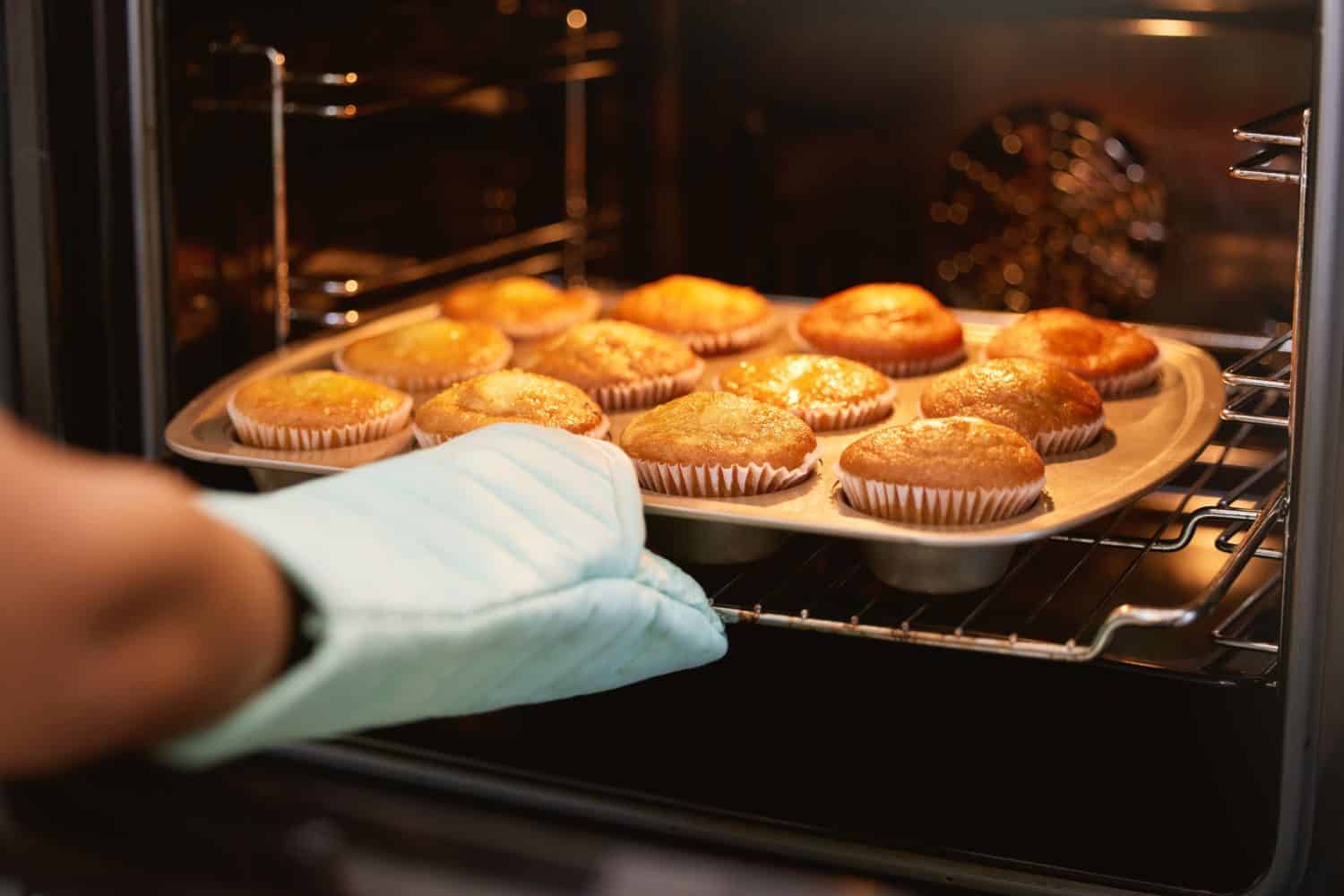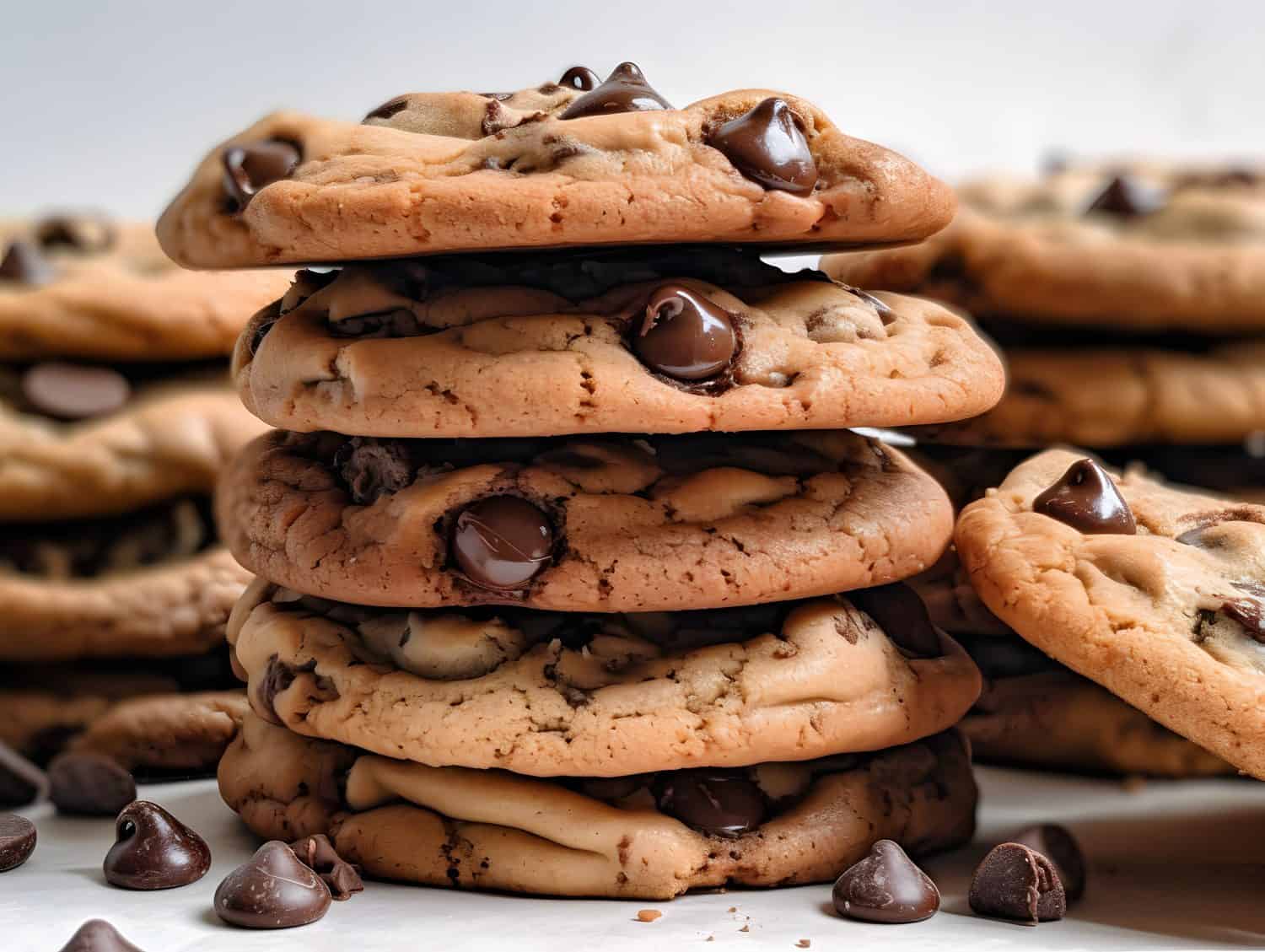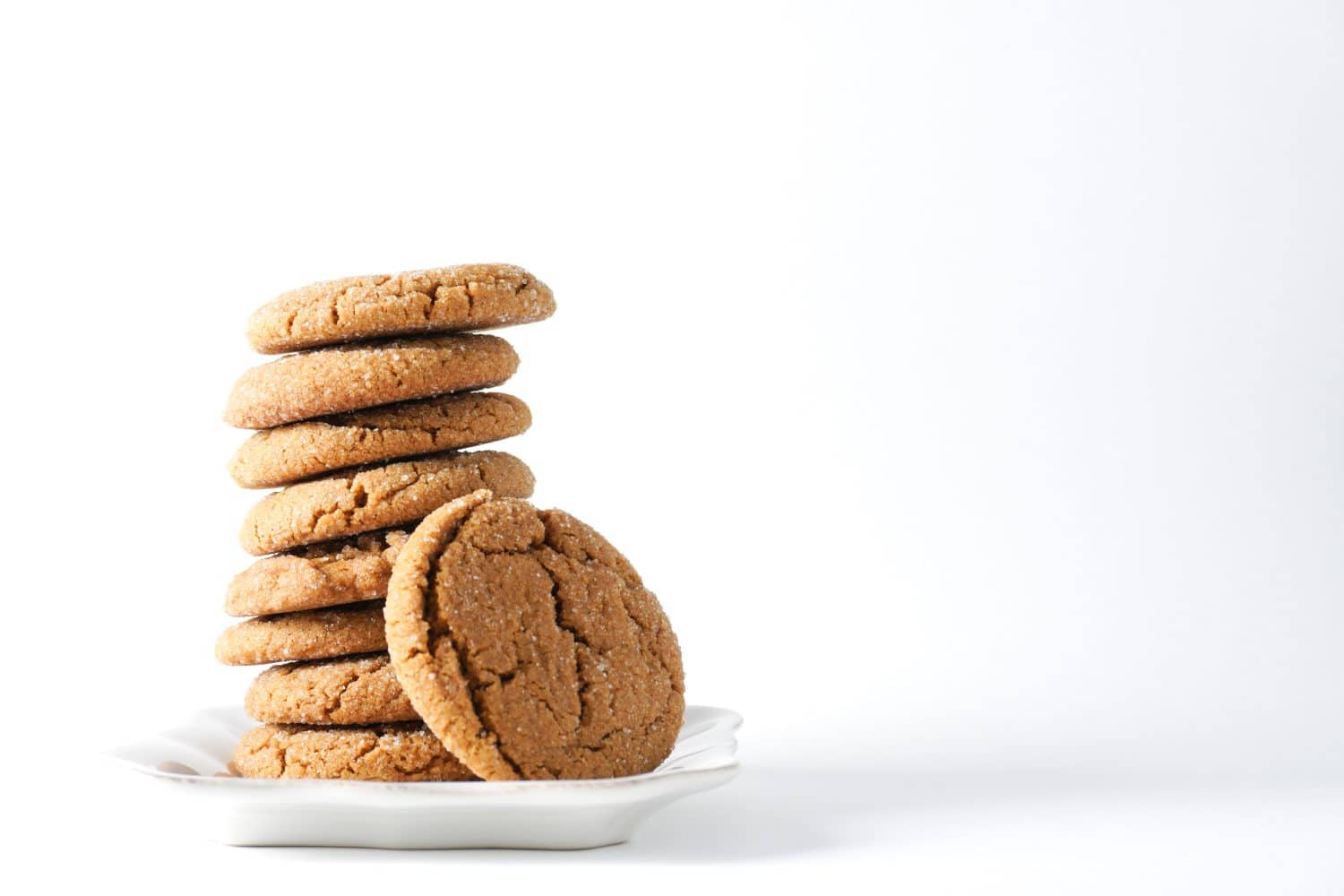If you don’t do a lot of baking, baking powder and baking soda might seem essentially interchangeable to you. In fact, while they’re both similar, there are a lot of important differences between them that you should know about.
Baking soda and baking powder are both leavening agents; that is, they help baked goods rise. Baking soda is a simple compound, whereas baking powder has additional ingredients added. Baking soda is a base (the opposite of an acid), so it actually has a lot of household uses that don’t involve baking, as opposed to baking powder.
In cooking, baking soda can help tenderize meat, balance out the flavor of acidic foods like tomato sauce, and even help speed up the process of caramelizing onions. Outside of cooking, it’s an effective natural cleaning agent that can be used to scrub surfaces, deodorize, and remove stains. It’s also great at neutralizing odors and absorbing smells, so it’s recommended to keep an open box in the back of your fridge and sprinkle them in gym bags, garbage cans, and anywhere else you want to get rid of a smell. It’s also ideal as a toothpaste or mouthwash and can help soothe irritated skin.
Because baking powder contains baking soda, it can also be used as a gentle abrasive cleaner for scrubbing surfaces and removing stains and as a natural deodorizer, but more often than not, you’ll only find it used in recipes for cakes, muffins, biscuits, pancakes, and quick breads.
You most likely have containers of both baking soda and baking powder in your pantry right now, and if you’ve wondered what the major differences between them are, you’re in luck. And if you’d rather eat out instead, this is the must-try restaurant in every state.
Composition: Baking Soda

Baking soda is made up of a chemical compound called sodium bicarbonate (NaHCO3). It is a base, and when it interacts with an acidic ingredient carbon dioxide gas is produced. This gas is what helps the dough or batter rise.
Composition: Baking Powder

Baking powder is a mixture of baking soda, an acid (usually cream of tartar), and a moisture-absorbing agent (such as cornstarch). Baking powder contains both an acidic component as well as a base, so it doesn’t need an additional acidic ingredient in order to react and produce carbon dioxide gas.
Activation: Baking Soda

Baking soda requires an acidic ingredient (such as buttermilk, yogurt, vinegar, lemon juice, or cocoa powder) to activate and produce carbon dioxide gas. When combined with an acid along with a liquid, baking soda undergoes a chemical reaction that releases carbon dioxide bubbles, causing the dough or batter to rise.
Activation: Baking Powder

Baking powder contains both an acidic component (such as cream of tartar) and a base (baking soda), so both moisture and heat will cause it to produce carbon dioxide gas. Some types of baking powder are “single-acting,” meaning they release carbon dioxide gas only when mixed with a liquid. Others are “double-acting,” so it releases carbon dioxide gas both when it is first mixed with liquid, and also when it is exposed to heat during baking.
Baking Application: Baking Soda
Baking soda is best used in recipes that contain acidic ingredients, such as buttermilk pancakes, chocolate cake, or cookies with brown sugar. It is also commonly used in recipes that require a quick rise, such as certain types of cookies or pancakes.
Baking Application: Baking Powder

Making Fresh Buttermilk Biscuits
Baking powder is more versatile and can be used in recipes that do not contain acidic ingredients. It is most commonly used in recipes such as biscuits, muffins, cakes, and quick breads.
Taste: Baking Soda

If not properly balanced with acidic ingredients, baking soda can leave a metallic or soapy taste in baked goods.
Taste: Baking Powder
Baking powder has a neutral taste and does not affect the flavor of baked goods when used in the correct proportions.
Substitution: Baking Soda

Baking soda cannot be directly substituted for baking powder in recipes because it requires an acidic ingredient to activate its leavening properties.
Substitution: Baking Powder

Baking powder can sometimes be substituted for baking soda in recipes by increasing the amount used and adding an acidic ingredient – such as lemon juice or cream of tartar – to the recipe.
Storage: Baking Soda

Baking soda has an indefinite shelf life if stored in a cool, dry place away from moisture and humidity.
Storage: Baking Powder

Baking powder has a limited shelf life and may lose its potency over time, especially if it is exposed to moisture or humidity. It is recommended to check the expiration date on the packaging and replace it as needed. Looking for more interesting food facts? You can find them here.

